Nani Lake in Nainital
This natural freshwater lake beauty is charming and many worl’s prominent writers explaines its beauty in words of thier poems. inspring Naini Lake also attracted many weriters and creative personalities towards it.
nainital is also named after Naini Lake Which covers a perimeter of 2 miles with a depth from 18 meters to 6 meters. still water of naini lake makes visitors to fall in love with is alluring beauty. This lake was found long back in 1839 by. P.Baron a British businessmen who came acroos this lak on a hunting expsdition.
Nainital Lake is one of the four major lakes in the Kumaon hills, the three other being Sat Tal, Bhimtal and Naukuchiya Tal. Three mountain peaks border the lake, namely the Naina Peak on the north-western front, Tiffin Top on the southwestern front and snow-capped peaks on the northern front. This enchanting lake is Nainital’s tourist hot spot, with yachting and boating being very popular activities. All the elite hotels are in the lake’s vicinity and it is also a popular recreational spot.
Commonly known as the “Lake District of India”, Nainital is one of the most beautiful hill stations in North India. Surrounded by mountains on three sides Nainital is located around the beautiful lake Naini Tal. This lake resort is situated at a height of 1,938 meters. There are many legends associated with the place. According to one, Nainital has derived its name from the Goddess Naina while the other legend says that when the Goddess Sati lost her eyes, she was being carried by Lord Shiva and a lake was formed. (‘Naina’ means eyes and ‘Tal’ means lake.) This beautiful small town in surrounded by seven hills, popularly known as ‘Sapta-Shring’ – Ayarpata, Deopata, Handi-Bandi, Naina, Alma, Lariya-Kanta and Sher-Ka-Danda. The majestic mountains and the sparkling waters of the lake add an immense lot to the beauty of the town.
Commonly known as the “Lake District of India”, Nainital is one of the most beautiful hill stations in North India. Surrounded by mountains on three sides Nainital is located around the beautiful lake Naini Tal. This lake resort is situated at a height of 1,938 meters. There are many legends associated with the place. According to one, Nainital has derived its name from the Goddess Naina while the other legend says that when the Goddess Sati lost her eyes, she was being carried by Lord Shiva and a lake was formed. (‘Naina’ means eyes and ‘Tal’ means lake.) This beautiful small town in surrounded by seven hills, popularly known as ‘Sapta-Shring’ – Ayarpata, Deopata, Handi-Bandi, Naina, Alma, Lariya-Kanta and Sher-Ka-Danda. The majestic mountains and the sparkling waters of the lake add an immense lot to the beauty of the town.

Nainital has an advantage of being situated in vicinity of several other lesser known hill stations that are connected through all season motorable roads.Vantage points around Nainital offer a panoramic view of Himalayan peaks on one side and the plains spread out on the other. Narrow wooded lanes through forests of oak, pine and deodar are excellent for short refreshing walks. The older parts of Nainital also retain colonial vestiges, including sprawling bungalows, public schools, churches and the old Christian cemetery.
On reaching the head of the town where the highway from the plains meets the main Mall at Tallital, one gets a dramatic view of the beautiful Naini Lake that seems to be nestled in a remote cocoon. Brightly coloured sails of yachts dot the calm waters of the lake while crowds of holiday makers throng the Mall at its edge. Boating in the lake is just one of the favourite activities of the tourists. Others come here for trekking in the densely forested mountains that surround the town.
DEEP INTO HISTORY

Nainital is referred in the ‘Manas Khand’ of the ‘Skanda Purana’ as the Tri-Rishi-Sarovar, the lake of the three sages, Atri, Pulastya and Pulaha who were reputed to have arrived here on pilgrimage and penitence. Finding no water to quench their thirst dug a hole and siphoned water into it from the sacred Mansarovar lake in Tibet.
The second mythological reference to Nainital is as one of 64 ‘Shakti Peeths’. Legend says that Sati, the consort of Shiva consigned herself to the sacrificial fire when her father Daksha insulted her lord. In grief, Shiva danced the tandava with the lifeless body of Sati, until Vishnu cut it into bits scattering it all over the land. It is said that the left eye (Nain) of Sati fell here. Consequently it turned into the patron deity of town Nainital. It is said that the lake is formed in the shape of an eye. Naina Devi temple is located at the northern end of the lake.

According to recent historical records, Nainital was discovered by a British sugar merchant P. Barron in 1839. He was so deeply enthralled by the lake settlement and its forested surrounding that he came back with a sailing boat and built a house named ‘Pilgrim’s Cottage’. Thus started the process of settlement in this once secluded mountain resort, with colonial villas and promenades coming up one after the other. Soon, it became an important administrative town as well, with the summer capital of the erstwhile United Provinces being set up here.
A major landslide in 1880 led to the formation of the flats, the level ground by the lake. Torrential rains resulted in a devastating landslide that destroyed several buildings including the Victoria Hotel at the north end of the lake near Mallital. The area was later levelled out and became a popular meeting ground and sports area. Known as The Flats it is now also used for parking vehicles during the peak tourist season.
Prior to 1839, the valley was covered by thick forests and inhabited by hill tribes. The main attractions of Nainital range from quiet walks in meadows the forests of pine and deciduous trees to adventure sports (rock climbing, yachting etc.) to popular entertainment.
BEST TIME TO VISIT

Nainital in the Kumaon hills maintains pleasant weather throughout the year except the winter months. The temperature is mild at any time but in winters it becomes very cold. The climate of Nainital is regulated by the lake here which showers rain almost every afternoon. The best time to visit the place is between April to June and then again in September and October. The months of January to March are marked by snowfall. Equipped with right clothing, this unique hill resort can otherwise be visited any time of the year.
Origin of Nainital Lake
The origin of this lake has been described by three different theories. As per Indian mythology, Naini Lake is the place where goddess Sati’s eyes fell out of her charred body while being carried by Lord Shiva in extreme anger and grief upon her death. Hence, the name Nain-Tal which refers to lake of the eye and is considered to be one the ‘Shakti Peeths’. The goddess is worshipped by the locals at the Naina Devi Temple, built on the north shore of the lake.
According to another legend, this lake was primarily known as ‘Tri-Rishi-Sarovar’, meaning the lake of the three sages (Atri, Pulastya and Pulaha), as they discovered this place and dug up a hole in search of water. Upon appearance of water, they started worshipping there and the lake became sacred. This also finds its mention in the Hindu scripture Skanda Puran. However, as per the historical records, a business man in sugar trade, Mr. P Barron, accidentally came across this lake on a hunting expedition during 1839. He was so impressed with its beauty that he decided to build a European Colony on its shores.
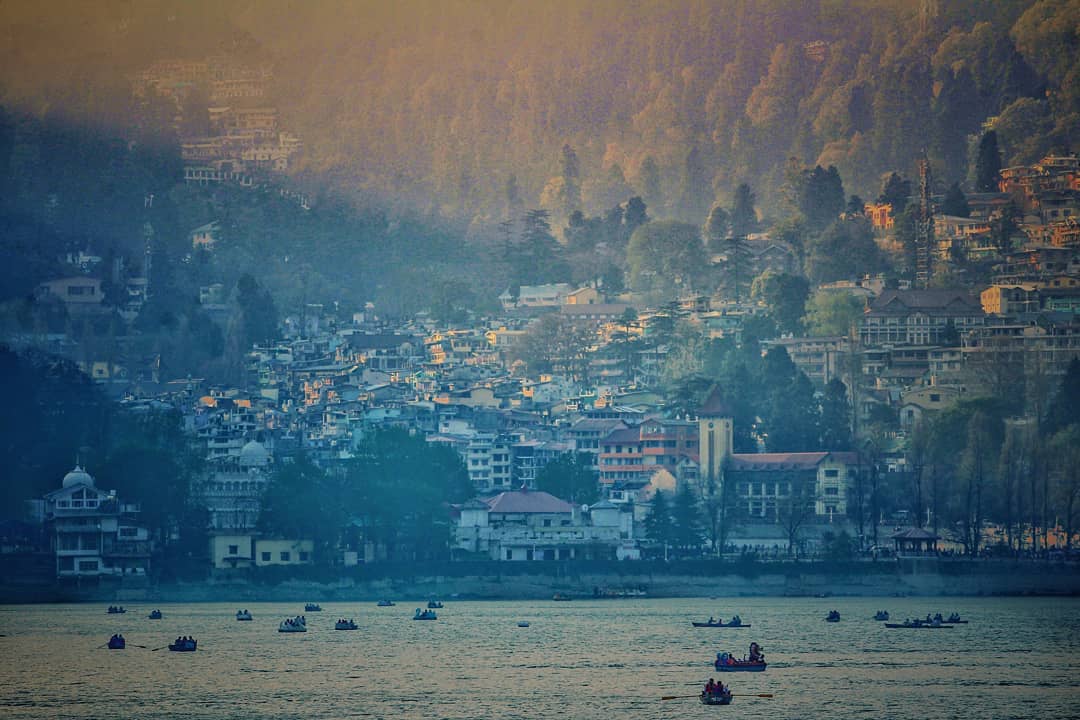
Geology- Naini Lake is a seismically active lake of tectonic origin
Rocks comprising slates, marls, sandstones, limestones and dolomites play major role in the geological formation of the lake’s surroundings. The lake is fed by 26 major drains out of which 3 are perennial. The hill slopes around it are highly vulnerable and landslide is a common occurrence. Frequent occurrence of landslides in the hill slopes surrounding the lake happens due to mass movements of humans. Several landslides have occurred in past.

Topography and Hydrology
The lake is fenced by seven never-sleeping hills covered in coniferous forests namely, Alma, Ayarpata, Deopata, Handi Bandi, Cheena Peak, Laria Kanta and Sher Ka Danda. While on the north west side lies the Naina Peak (Cheena Peak) with massively steep slopes, Tiffin top surrounds it in the south west side and snow clad Himalayan peaks in the north.
It receives flows from the surrounding catchment basin comprising of hill slopes and springs and has an outfall in the south-eastern end.
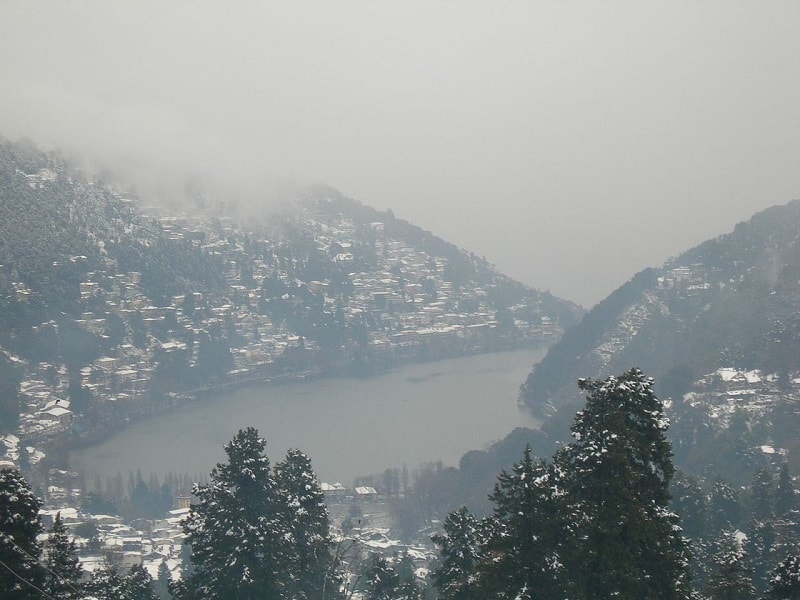
Water quality of the lake
The water on Naini Lake is reported to be alkaline in nature and is home to various species of fish like Mahseer, Hill Trout and Mirror carp.

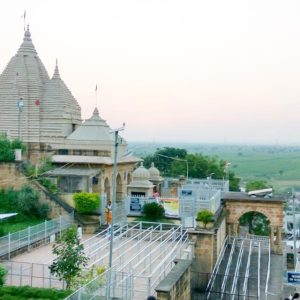
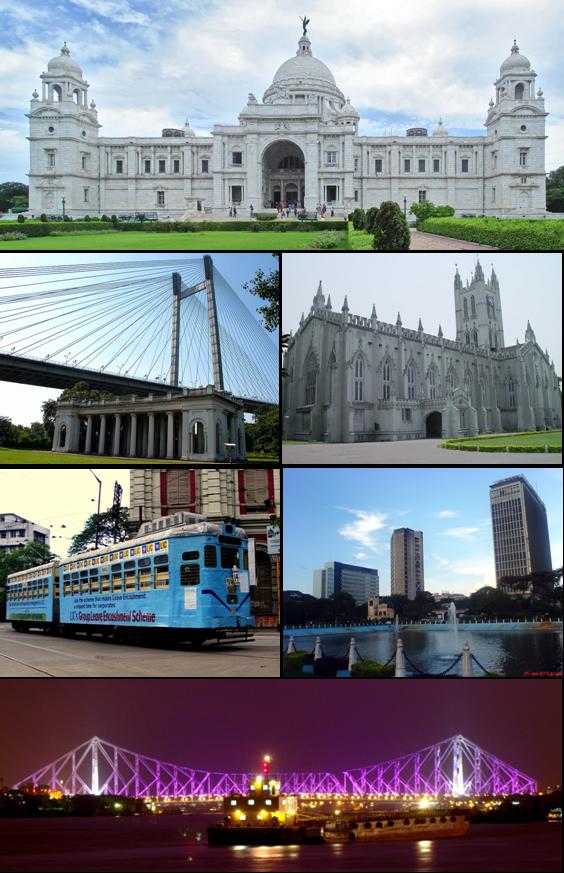
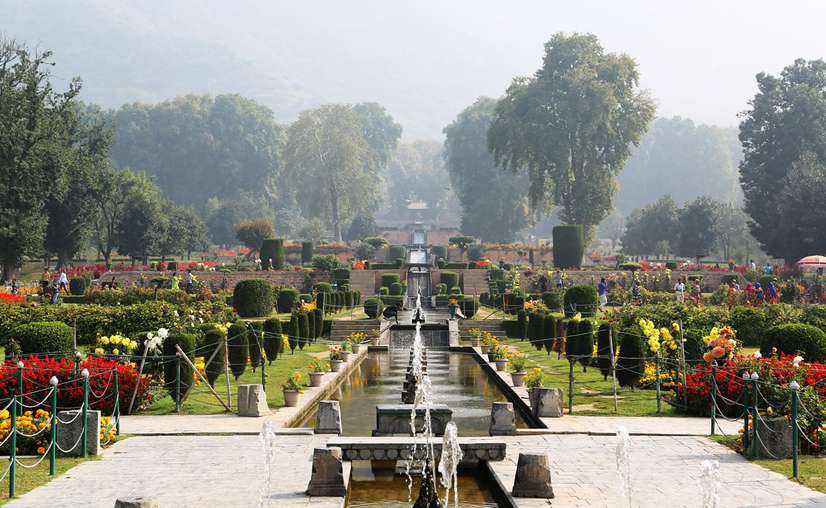
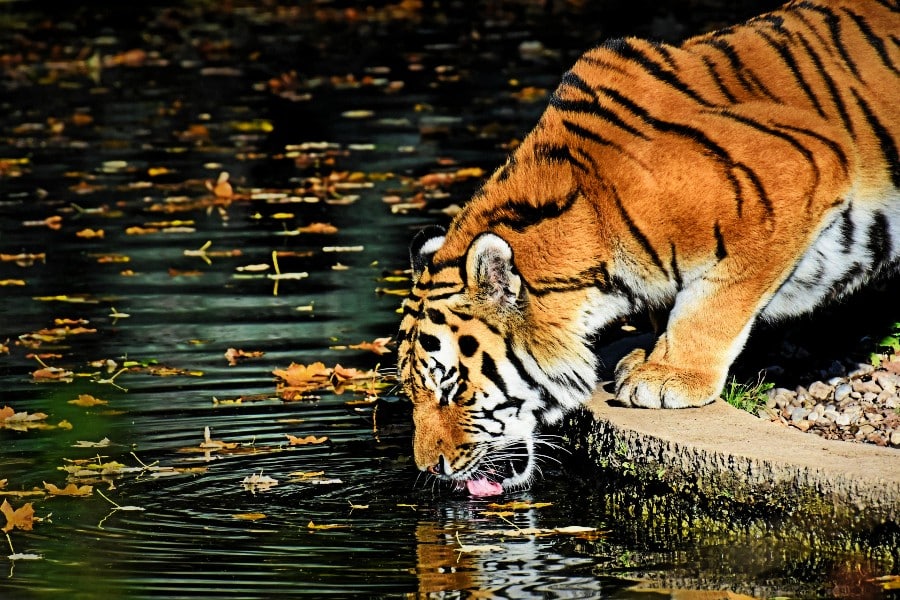

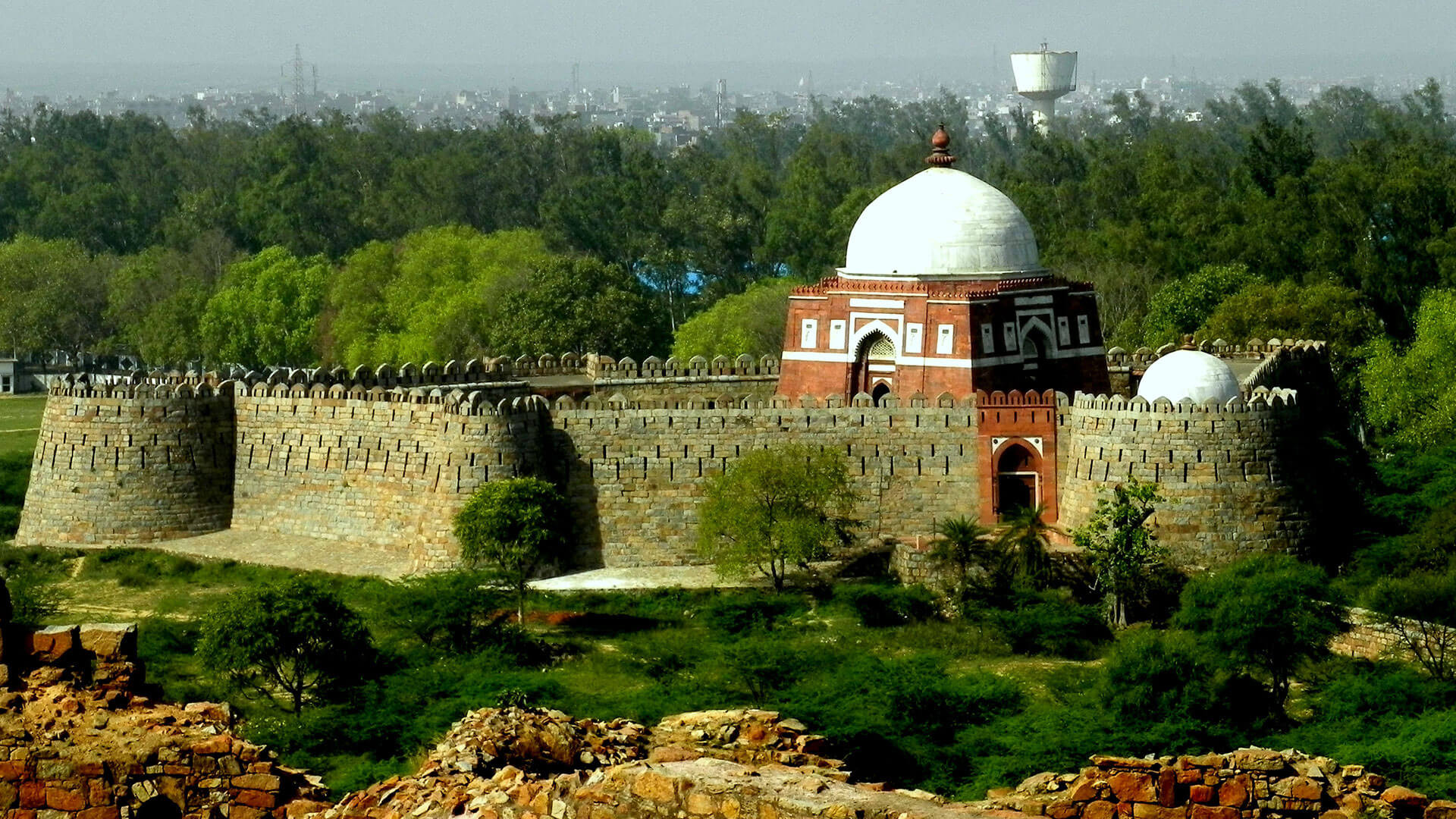
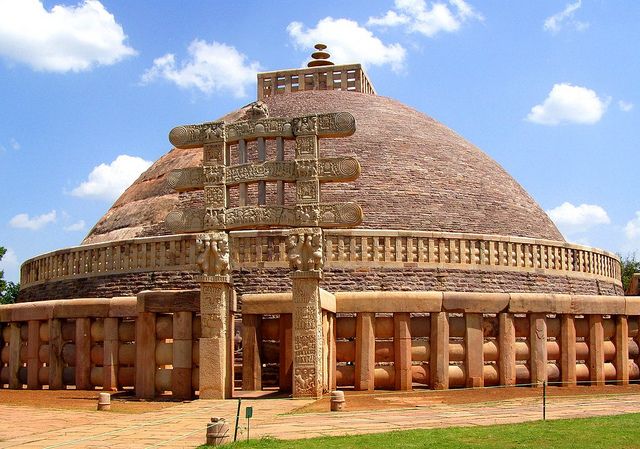
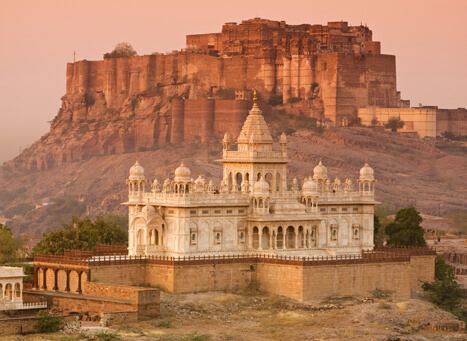
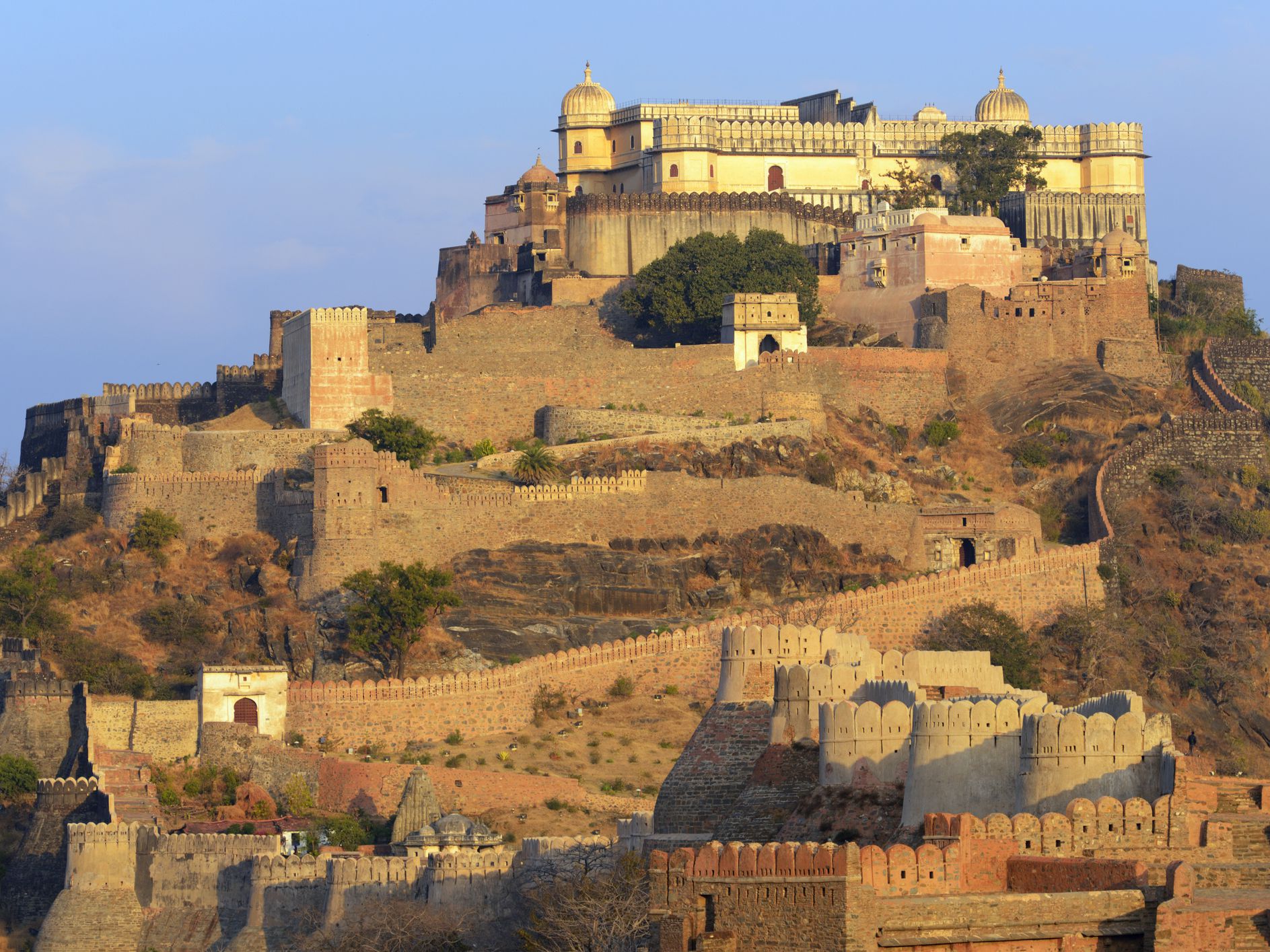



3 Comments
Comments are closed.